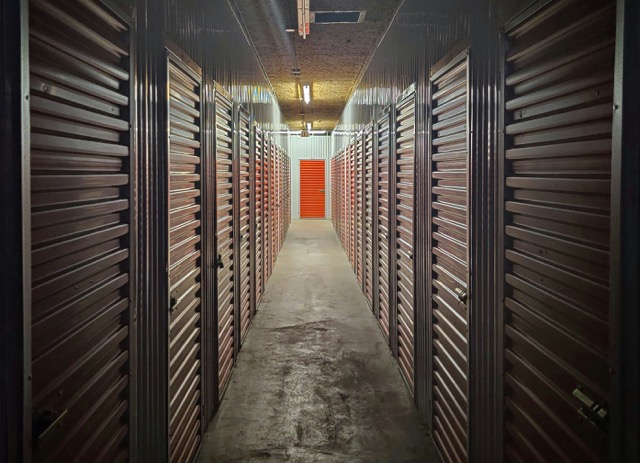Renting a storage unit is a practical solution for both personal and business needs, offering a safe place to store items that don’t fit in your current space. However, the cost of renting a storage unit can vary significantly based on several factors. Understanding these variables can help you make an informed decision and find a storage solution that fits your budget.

Factors Affecting Storage Unit Costs
1.Size of the Unit: The size of the storage unit is one of the primary factors influencing cost. Units typically range from small lockers (5×5 feet) to large spaces (10×30 feet or more). Smaller units are cheaper, usually costing between $20 and $50 per month. Larger units, suitable for storing the contents of a three-bedroom house, can range from $150 to $300 or more per month.
2.Location: The cost of storage units can vary greatly depending on their location. Units in urban areas or regions with a high cost of living tend to be more expensive. For example, a storage unit in New York City will likely cost significantly more than a similar unit in a rural area. Proximity to major highways or central locations can also affect prices.
3.Climate Control: Units with climate control, which maintain a steady temperature and humidity level, are more expensive than standard units. Climate-controlled units are essential for storing sensitive items such as electronics, antiques, and documents. These units can cost 20% to 50% more than regular units, with prices ranging from $75 to $225 per month, depending on the size and location.
4.Facility Amenities: Storage facilities offer various amenities that can impact rental costs. Features such as 24-hour access, enhanced security measures (like surveillance cameras and gated access), and on-site management can increase the price. Additionally, facilities that offer moving supplies, truck rentals, or package acceptance services may charge higher rates.
5.Duration of Rental: The length of time you plan to rent the unit can also affect the cost. Many storage facilities offer discounts for long-term rentals or promotions for the first month free. Short-term rentals may not benefit from such discounts, potentially making them more expensive on a month-to-month basis.
6.Demand and Seasonality: Storage unit prices can fluctuate based on demand and seasonal factors. For instance, prices might rise during summer months when people are moving or during college breaks when students need storage. Conversely, you might find better deals during off-peak seasons.
Average Costs by Unit Size
- 5×5 feet: $20 to $75 per month
- 5×10 feet: $35 to $125 per month
- 10×10 feet: $75 to $150 per month
- 10×15 feet: $100 to $200 per month
- 10×20 feet: $125 to $250 per month
- 10×30 feet: $150 to $300+ per month
Additional Costs to Consider
1.Insurance: Many storage facilities require tenants to have insurance for their stored items. This can be an additional cost if your existing homeowner’s or renter’s insurance doesn’t cover storage units.
2.Security Deposits and Fees: Some facilities charge a security deposit or administrative fee at the start of the rental period. These fees can range from $20 to $50 or more.
3.Late Fees: If you miss a payment, facilities often charge late fees, which can add up quickly.
Tips for Saving Money
1.Shop Around: Compare prices and amenities at different facilities in your area.
2.Negotiate: Some facilities may be willing to negotiate rates or offer discounts, especially if you commit to a long-term rental.
3.Consider Location: Opt for a facility slightly farther from a city center to save on costs.
4.Look for Promotions: Take advantage of promotions like first-month-free deals or discounts for referrals.
Conclusion
The cost of renting a storage unit depends on various factors, including size, location, climate control, and amenities. By understanding these factors and considering your specific needs, you can find a storage solution that fits your budget. Shop around, compare options, and be mindful of additional costs to ensure you get the best deal possible.



















